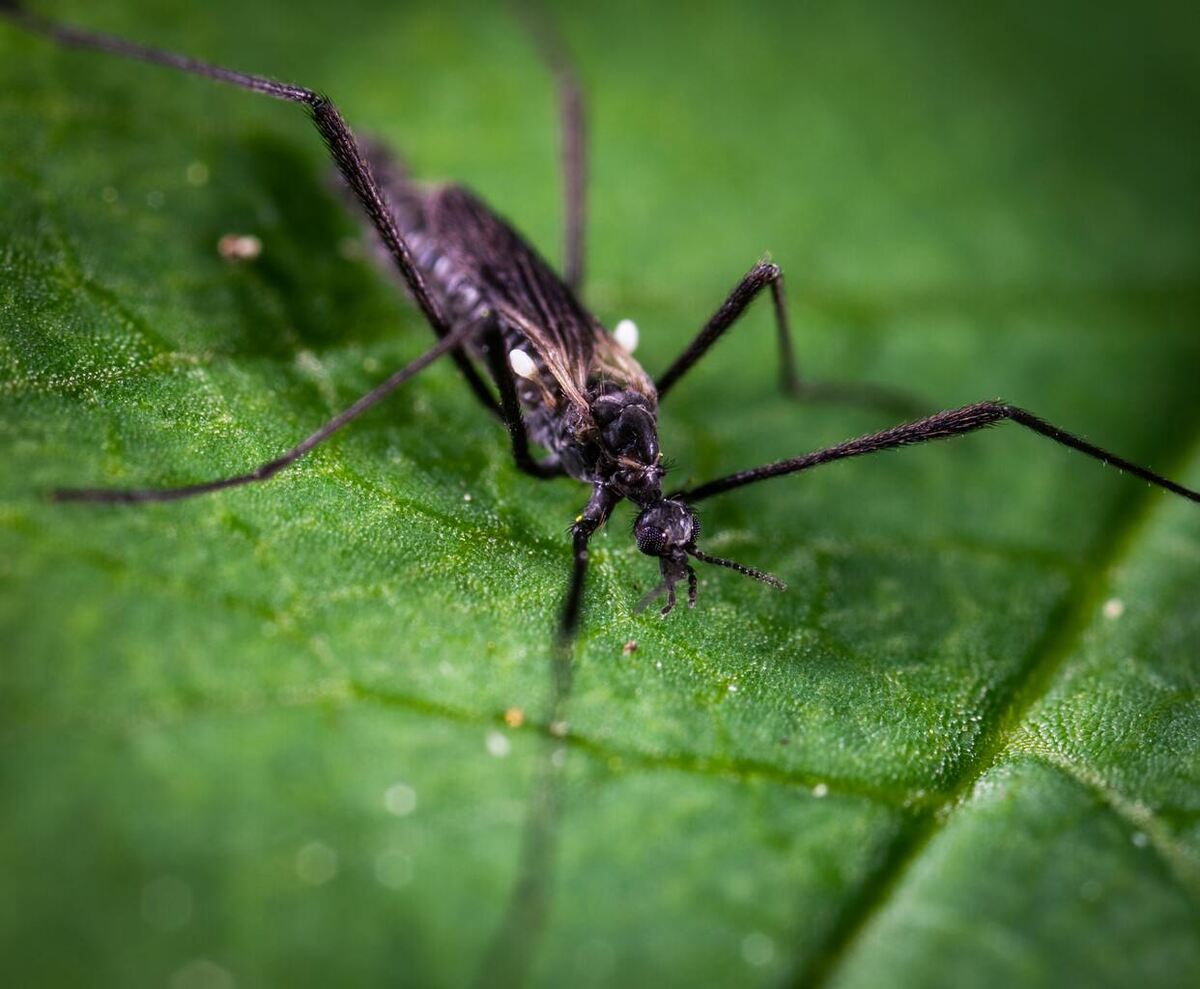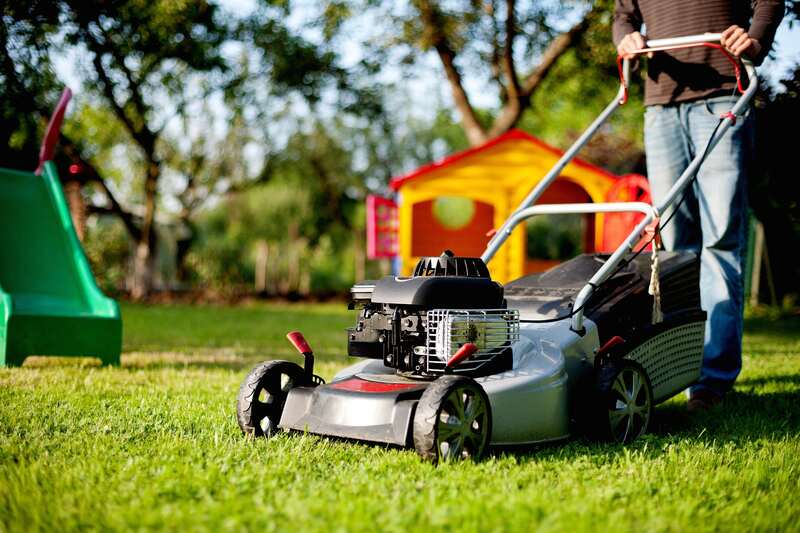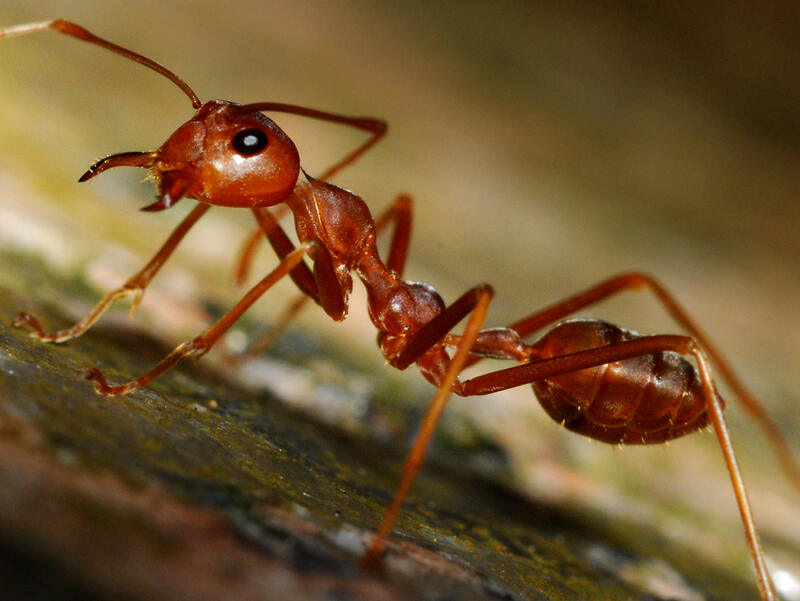
Austinities know their city as “The Live Music Capital of the World” and revel in all its outdoorsy glory, but one thing can quickly sour the experience. Nobody likes parasites and pests in their backyard, especially when they’re harmful to your prized plants. So, let’s take a look at some of the most eco-friendly ways to control outdoor pests in Austin, TX.
On this page:
- Why Eco-Friendly Ways?
- Eco-Friendly Ways to Keep Pests Out of Your Austin Garden
- Common Pests In Austin, Tx
- FAQ
Why Eco-Friendly Ways?
Chemical treatments seem like a great idea for fast results, but they can wreak havoc in the long run. Besides harming plants, they can hurt animals and pollute the soil and water. Not only that, but their impact can stay far after the initial application. That’s why eco-friendly ways of pest control are the way to go if you live in Austin, Texas.
Integrated Pest Management
Integrated Pest Management, or IPM for short, is an eco-friendly way to keep outdoor pests away from your property. It combines various cultural, biological, and mechanical tactics to make your lawn and garden less attractive to pests while reducing the need for chemical controls.
Safe and natural alternatives are used to repel or eliminate unwanted visitors. But where do you start? Some standard IPM methods include:
- Water and food removal
- Habitat manipulation
- Exclusion barriers
- Modified maintenance practices
- Biological control
- Monitoring
6 Eco-Friendly Ways to Keep Pests Out of Your Austin Garden
Some Austinites say, “Keep Austin weird,” – but when it comes to pests, let’s keep the backyard pest-free. Here are some solutions to ward them off without damaging the environment:
1. Mow the Lawn

A well-maintained lawn encourages regular visitors and keeps unwanted guests away. Tall grass can hide critters like snakes and provide a home to insects. Without a home, pests will inevitably move on. So, take the time to regularly mow your lawn and keep it neat and tidy.
Pro Tip to Mow in Austin, Texas: Know your grass type and consider the recommended cutting height, which should generally be between 1.5 to 3 inches.
2. Fight Unwanted Pests With Predators

Rather than zapping pests with a batch of chemicals, consider bringing in some helpful predators to take care of them. It’s like playing a game of natural chess. Some popular predators are:
- Ladybugs
- Bats
- Parasitic nematodes
You may wonder how to bring in these predators. Well, you can buy a box of ladybugs or create a bat house and allow the little creatures to move in. They’ll be your free pest control patrol!
Don’t be afraid of bats! Despite the intimidating appearance, they eat thousands of pests every night. You can also release parasitic nematodes into the soil, where they will quickly take control of any grubs looking to harm your plants.
3. Pick Plants Wisely

Certain plants are known for reducing or repelling pests while keeping the garden vibrant and colorful. You can’t go wrong with the following plants:
- Marigolds: If you want to attract praying mantises to help with beetles, then marigolds are your buddies.
- Citronella, Lavender, and Basil: These aromatic plants give out a scent that repels many insects like mosquitoes.
- Petunias: These fragrant flowers can help with several common pests in the area, like tomato hornworms.
- Mint, Thyme, and Basil: Not only do they flavor your cooking, but these herbs can protect you from garden bugs.
4. Limit Standing Water

Standing water is a common attraction for pesky mosquitoes and other nuisances, so it’s best to get rid of any puddles in your yard. Unfortunately, not all problems can be avoided so easily. Any water features, such as fountains, bird baths, and ponds, may need some extra attention in terms of mosquito prevention.
One way to do this is to add a small pump or bubbler to keep the insects away. Outside of that, take a look around your lawn for any dips or areas that are prone to collecting water. Stocking some all-natural mosquito repellents is always a great choice if anything seems a bit off. Essential oils are known to work well in this regard, as they can break down larvae that are developing in standing water.
5. Check Plants Often

Most homeowners struggle with pest infestations due to negligence. To avoid this, do regular check-ups on your plants and pay attention to dark areas that are hiding potential pests. If you catch them early enough, you can make use of insecticidal soaps that help immobilize bugs. You can also sweep, vacuum, or blow them away using a leaf blower.
6. Organic Pest Control

Sometimes, infestations happen and require additional help. That’s why you can turn to natural insecticides derived from plants. Botanical insecticides are much less toxic than synthetic pesticides and decompose quickly.
One natural insecticide you can use is diatomaceous earth (DE). It’s a fine powder that cuts into the body of insects and causes them to dehydrate. It’s important to note that DE is safe for humans and animals, but be sure to use a dust mask when applying, in the name of safety.
Common Pests In Austin, TX
Despite the efforts, some critters may still make their way into your backyard. Depending on the species, a few are harmless, but some can carry disease and destroy your lawn. Here are the most common pests in Austin that you should watch out for:
Roaches

Our little friends, the cockroaches, are something of a nuisance. Infamously hardy, they can survive in practically any environment and reproduce quickly. Furthermore, these pesky critters may also transmit diseases. To stop their spread, make sure they don’t have access to food, water, and shelter.
In Austin, the most common species you’ll come across are German cockroaches, brown-banded cockroaches, and American cockroaches.
Remember, prevention is always better than cure. Pro tips to keep cockroaches at bay:
- Remove water standing in any parts of the house or yard
- Store food in airtight containers
- Clean pet dishes regularly
Ants

Ants are a common menace in Austin. While many types exist across the US, some of the most common that you’ll encounter in Central Texas are:
- Fire Ants
- Little Black Ants
- Acrobat Ants
- Rover Ants
Fire ants are destructive and are known to bite and sting humans to protect their nests. On the other hand, Acrobat ants are typically found in wood and release a strong-smelling odor when they feel threatened. Rover ants and little black ants are not considered hazardous, but they can be bothersome when attracted to food spills or pet dishes.
When facing an ant infestation, there are various eco-friendly solutions you can use to get rid of ants, including:
- Boiling water
- Baking soda and sugar mixture
- Peppermint oil
- Vinegar (either mixed with water or directly from the bottle).
Spiders

No list of Austin pests would be complete without mentioning spiders. The Austin area is home to various web-weaving spiders, from venomous black widows and brown recluses to less dangerous yellow garden spiders and wolf spiders. While spiders are beneficial to gardens, they can be a creepy presence.
To keep them in check, consider some of these safe tactics:
- Remove their webs or catch the spiders with a cup and release them back into the wild (if indoors)
- Use yellow lighting outside the home to keep flying insects away, depriving spiders of their food source
- Plant deterrent flowers, like marigolds and lavender
Spiders don’t attack unless they feel cornered or threatened. However, if one were to bite, it’s recommended to contact the Texas Poison Center or a family physician for the best treatment.
Scorpions

Of all the pests that can call your Austin home their own, perhaps the scariest are scorpions. They are close relatives of ticks, mites, and spiders that have pincers called pedipalps and a curved tail ending with a stinger.
Two scorpion species more commonly found in Austin are the striped bark scorpion and the Texas cave scorpion. The former is light tan with two dark stripes running down its body and a dark mark above its eyes, while the latter is darker and has thicker pedipalps.
When dealing with scorpions, prevention is the best solution. Here are some simple steps to consider:
- Remove yard waste and debris that provides an ideal habitat for them
- Focus on your landscaping and keep plants from getting too close to the house
- Reduce your property’s insect population
- Limit standing water
- Regularly check plants for signs of pests
Mosquitoes

No doubt, the peskiest pests in Austin are mosquitoes. We can all grow to dislike the whining of their wings coupled with the discomfort of their bites. The mosquitoes native to Austin are most likely female culex mosquitoes, although a few other species can be seen. Worse yet, some of these little buggers can carry viruses, like West Nile.
It’s recommended to practice techniques of prevention, such as:
- Reducing standing water
- Employing insect repellents
- Checking the Austin/Travis County Arbovirus Surveillance Map for the latest updates on viruses spread by mosquitoes.
Mosquito control is essential in the warmer months if you want to enjoy your outdoor space without any unwelcome interruptions. If you’re still having issues controlling the infestation, then consult an expert who can provide the right solution for your yard.
Wasps

Wasps are annoying, but they do offer certain environmental benefits. Two of the most common varieties found in Austin are paper wasps and yellow jackets. Paper wasps measure approximately one inch in length and are dark brown or black with yellow markings.
They often build their nests in sheltered and hidden nooks, such as near door frames, window sills, and roof eaves. A single paper wasp usually marks the presence of an infestation.
Their nests are made of paper-like material formed from plant matter and saliva. In order to prevent wasp infestations, you should:
- Regularly trim the grass and greenery
- Fill in any holes in the ground
- Plant a few repellent plants like citronella
- Keep two feet of distance between plants and your home
- Clean gutters/vents routinely
Fleas

Fleas are among the tiniest of pests but can cause a huge problem. These fast-moving bugs can jump up to 6-8 inches and linger on bodies, clothing, and bedding. Fleas are known to leave itchy, red spots and can transmit parasite diseases.
If you’re looking for eco-friendly measures to tackle fleas, some of most recommended ones are:
- Use a flea comb to remove any fleas on your pet
- Treat areas of your yard with beneficial nematodes
- Light traps or sticky boards
Termites

No one wants to think about having to wage a war against termites, but the truth is they are a force to be reckoned with in Austin. Subterranean termites thrive in moist conditions and can cause significant damage to a building’s structural wood if undetected.
Additionally, these little critters may destroy your lawn and flower beds. Termite control is a must if you suspect an infestation. Early detection and treatment safeguard your lawn and property. You may want to reach out to a pest control professional who can deploy innovative solutions to protect your valuable assets.
In the meantime, there are a few eco-friendly approaches you can take to tackle this pest problem, including:
- Seal the cracks in the foundation
- Seal any spaces around plumbing and service utilities
- Eliminate wood-to-soil contact
- Prevent moisture build-up everywhere
- Get rid of fallen trees, stumps, and organic debris
- Opt for a non-chemical barrier to block termites
FAQ About Eco-Friendly Pest Control in Austin
Preventive measures are the most environmentally friendly way to control pests, like encouraging predators and using repellent plants.
Additionally, you can go for non-chemical insecticides like diatomaceous earth and insecticidal soaps. Note: Diatomaceous earth is similar to powered glass, and it’s a safe, non-toxic way to get rid of small bugs like fleas, ticks, and bed bugs.
In Texas, helpful pests include ladybugs, bats, parasitic nematodes, and praying mantises. These creatures will help keep the balance of beneficial and harmful insects in check.
An all-natural pesticide is a type of insecticide derived from plants that aims to repel bugs. These are less harmful and break down faster than synthetic pesticides. Examples of all-natural insecticides are diatomaceous earth, neem oil, and pyrethrin.
There are many options out there for DIY eco-friendly pest control. Here are a few ideas to get started:
• Use natural oils to get rid of larvae
• Plant deterrent flowers like marigolds and lavender
• Introduce predators like ladybugs, bats, and parasitic nematodes
• Remove yard waste and debris
Final Thoughts
Having fun outdoors in Austin can be a blast, especially with all the activities available year-round. Unfortunately, pests can definitely be a party-pooper. To make sure they don’t ruin your plans, it’s critical to create an effective pest control plan with eco-friendly methods.
Start by taking preventative measures and implementing deterrents, which will usually do the trick. But in some cases, natural and commercial approaches may be needed to eliminate the pests for good. If you’re in over your head, don’t hesitate to call an expert garden pest control company in Austin, TX.
Main Photo Credit: PxHere





